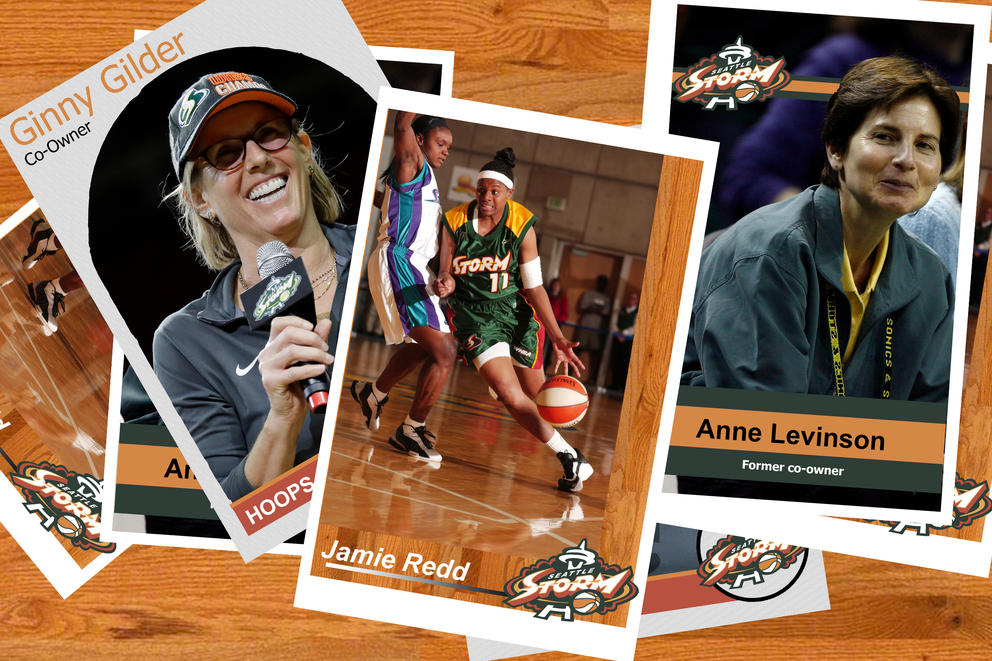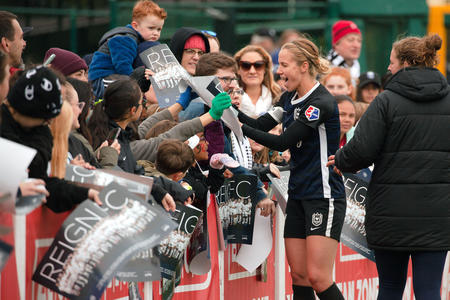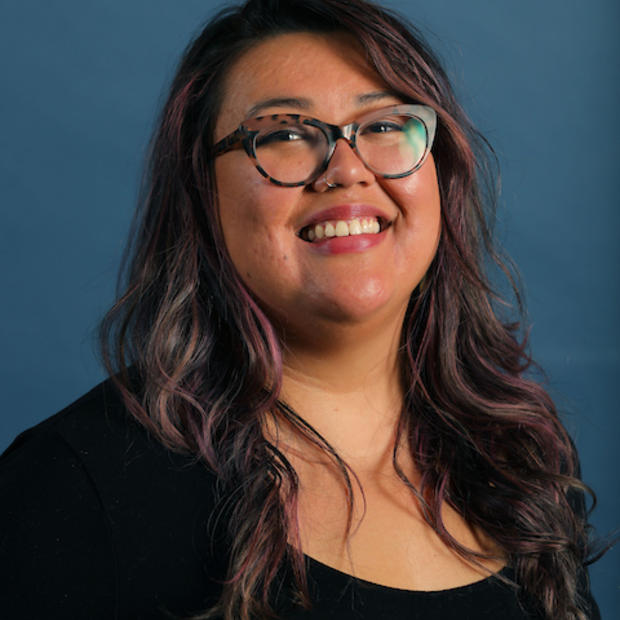The Women’s National Basketball Association was still new, having started just three years prior. Redd, a San Francisco native, had entered the league as a member of the Minnesota Lynx, but after being cut by the team, she set her sights on her second home, Seattle.
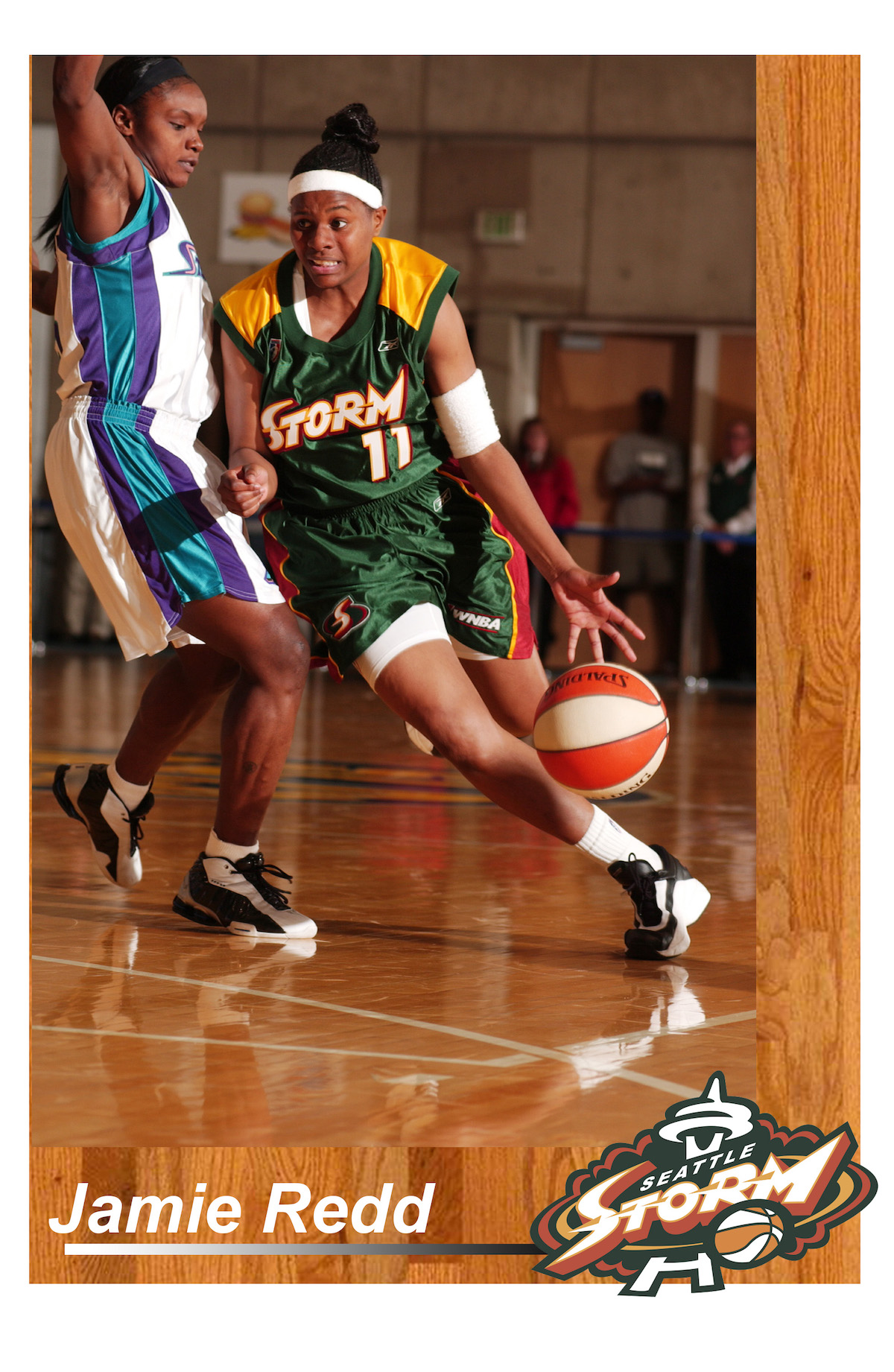
While excitement for women’s basketball was slowly building in other U.S. cities, Redd said she already knew Seattle had a hungry fan base. The first step was to get into the Storm’s training camp. Redd remembers calling then-coach Lin Dunn repeatedly until she got a call back to meet and, eventually, was invited to team tryouts. After the team was whittled down from about 150 players, she made it through to training camp.
When she was signed to the team, she had the league’s minimum contract, common for new players. While some top players made up to $90,000, not including the endorsements that came with star status, Redd earned about $40,000 for playing the entire four-month season.
“You figure you’re making $40,000 from June to August or September to the playoffs ... It’s not so bad from that perspective,” she said. “Most people don’t make that in a year.”
But what happens when the season ends?
“You have women who can’t make ends meet,” Redd remembered. “Most people had other jobs. [Teammate] Sonja Henning, was a lawyer. Some people coached college basketball. Some people had their own businesses.”
Health insurance was available only during the season, too. And benefits like housing and transportation, provided to players during training camps and the season, were no longer afforded to them.
Redd recalled when she heard what male players in the National Basketball Association were making. Some players were taking home a minimum of $300,000 per season while others earned $40,000 for just 10 days of play on a contract — the same amount she made over four months.
“I was just like, ‘That’s crazy. … That’s so dope.’ Here I am making that for a whole season and someone gets that for 10 days,” she said. “I also recognized that this was a new league and a lot of women’s pro teams have failed, and it’s an opportunity to play in the U.S. I had a balanced perspective of it all.
Today, the average salary for a WNBA player is about $75,000. NBA players, meanwhile, average about $7.7 million, according to Fortune magazine.
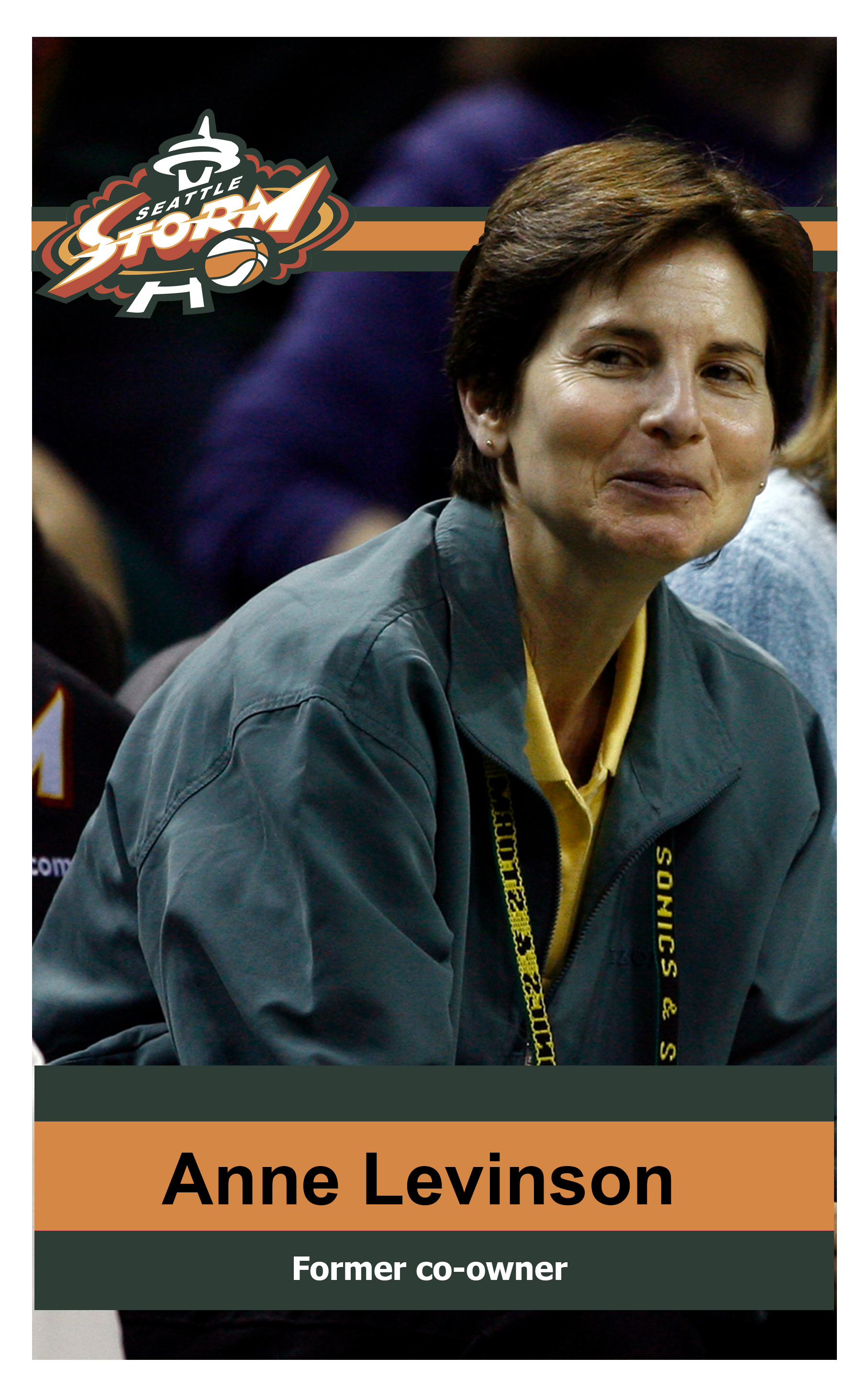
For women just breaking into the pro leagues, their beginning and even midlevel salaries “cannot sustain them economically,” said Anne Levinson, the former Storm co-owner who led the all-female ownership group that kept the team in Seattle after the men’s SuperSonics were sold to Oklahoma in 2006.
“In every aspect of the game, there’s a disparity in how the women are treated,” she said. “For many female athletes, if they have played for championship level teams in college, they've experienced large sold-out arenas and a great deal of marketing and media coverage and other things that come with that level of competition. Then, when they turn pro, they should be getting all that and more. But that is still not the case for women in professional leagues."
Why do men make more?
Ultimately, the numbers of eyeballs on TV screens and ticket sales to games directly impacts the athletes’ salaries. And in both those regards, the WNBA lags far behind the NBA.
Part of that comes down to history: The NBA simply has been around longer. The men’s league was founded in 1946, while the WNBA and now-defunct women’s American Basketball League launched in 1996. That’s 50 more years to develop a fan following, along with broadcasting deals and sponsorships.
The rise of the NBA, like other men’s pro sports leagues, also can be tied to the rise of televised sports, said Ginny Gilder, co-owner of the Seattle Storm.
“There's a very tight relationship between the growth of television and the growth of men's professional sports that dates back decades,” she said. “That really supported the growth in audiences for men's sports. … Media willingness to invest in women's pro sports the way they did in men is not an apples-to-apples comparison.”
As of 2014, U.S. women’s sports received only 4% of sports media coverage, the University of Minnesota’s Tucker Center for Research on Girls & Women in Sport found.
This issue extends even to successful franchises with loyal fan bases. Gilder said that throughout the year she would frequently hear announcements that the Mariners were playing on the radio. But during the Storm’s recent post-season run, the playoff games wouldn’t get a mention.
“I’m not dissing the Mariners. But, you know, the Mariners didn't have the best of seasons and the Storm made the playoffs. It's like, guys, what is going on?” she said.
This lack of news coverage creates a negative feedback loop, she said.
“The media uses this idea [that] there's not enough fans to justify that they’re going to only cover what they think their fans are interested in. And yet there's no way that fans can become interested in something if they don't know it's happening,” Gilder said.
The Storm could increase revenues by driving up ticket costs, Levinson said, but is unlikely to do so. Higher ticket prices would run counter to the team’s core philosophy of keeping their games accessible and affordable for young families and communities who cannot otherwise afford to see live professional sports.
And so the wages stay low and players continue to take second or third jobs. And there is another option to stay afloat: play basketball overseas.
The allure of playing abroad
Joining teams in Asia and Europe during the WNBA off-season is common for many women in the league. The practice isn’t necessarily frowned upon, as it can help rookie players hone their skills and give them the opportunity to live abroad and experience other cultures, said Levinson and Gilder.
Yet even established veterans are lured oversees in the off months.
Why wouldn’t the athletes take the time off to rest? Because teams abroad typically pay them more — a lot more. And that can make some of the women feel that they don't have a choice, said Levinson.
Jamie Redd remembered coaching staff suggesting that she play abroad to help develop her game. In the two years she played in Greece and Israel, she estimates she made about 10 times the amount she earned in the U.S. with the WNBA.
In 2015, Diana Taurasi, star of the Phoenix Mercury, made national headlines when she announced she’d be sitting out the WNBA season to rest at the request of her team in Russia, UMMC Ekaterinburg. While Taurasi earned just under the league salary cap of $107,000 in the U.S., the Russian team paid her about $1.5 million — nearly 14 times her salary in Arizona — to play for them in the WNBA’s off-season.
These international teams are often subsidized by their country’s government, which means that players’ salaries don't necessarily rely upon ticket sales, sponsorship deals or media coverage as they do in the States.
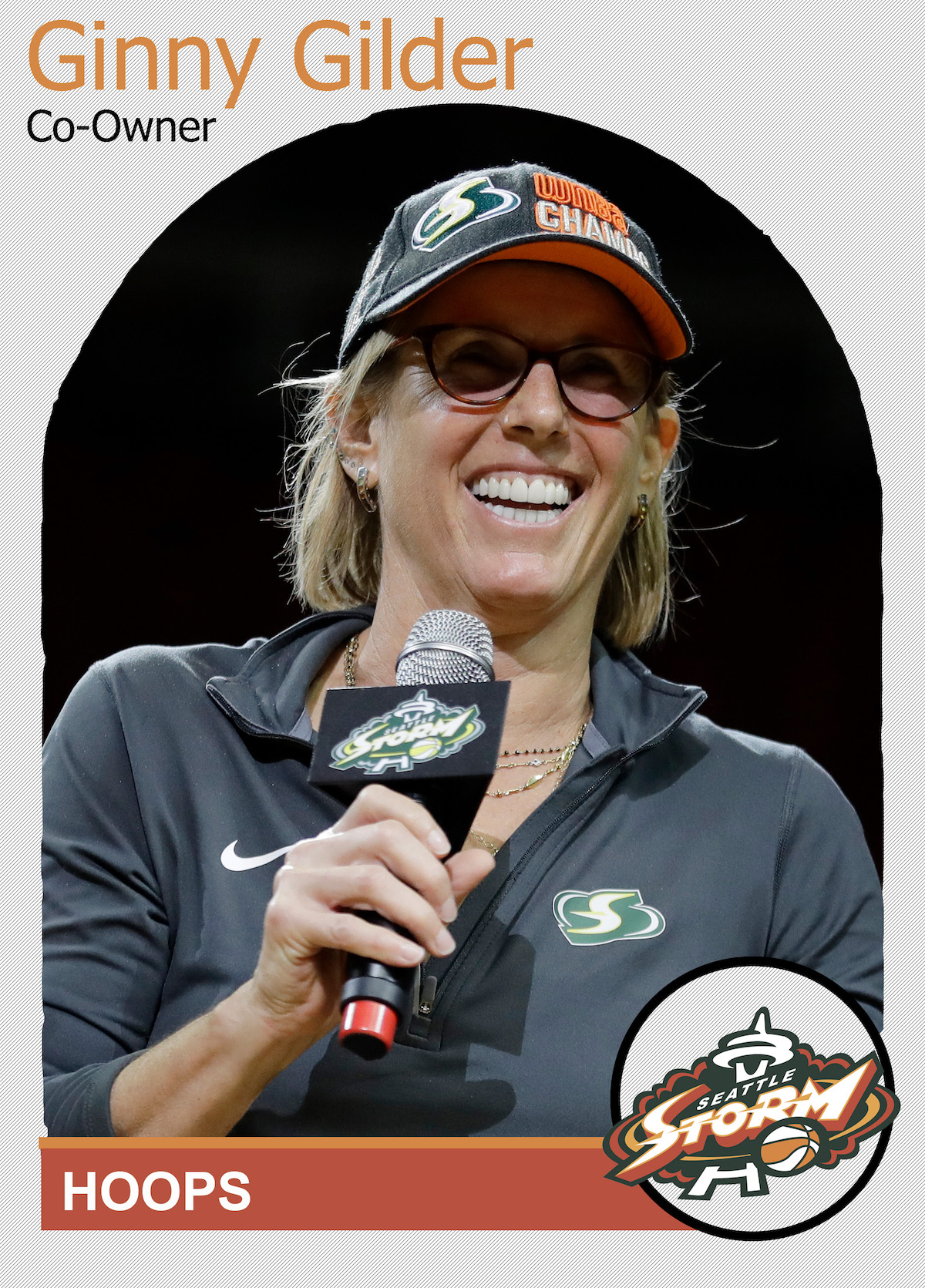
“It's a completely different financial model,” Gilder said. “So those state-sponsored teams can afford to pay their players on what I would call a ‘hobby basis’ — and I don't mean that in a pejorative way. It's just that they're not looking for any kind of financial return. It's a very uneven playing field, frankly, even for the WNBA to have to compete against.”
But playing overseas often means players work year-round without much time to rest, which can mean the wear and tear on athletes’ bodies can add up quickly. This can make them more prone to getting hurt — and overseas injuries can result in players missing their regular season back home.
Storm fans know this well. Last off-season, as the team was preparing to defend its 2018 WNBA championship, its star player and league most valuable player Breanna Stewart ruptured her right Achilles tendon while playing for a Russian team in the Euroleague championship in Hungary. She missed the entire 2019 WNBA season.
Gilder remembers watching the broadcast of the game live with other members of the Storm leadership team.
“As soon as it happened, we knew that our championship run for 2019 was over,” she said.
Redd said she ultimately decided to quit playing overseas because of the nonstop impact on her body from longer and more frequent practices in Greece and Israel, which aggravated an old knee injury. She also missed her family back home.
“You get to a place where you ask, ‘Do I continue to put my body through this?’ ” she said. “When people go overseas for six, eight months, you’re tired. Then WNBA season starts right when you get back.”
Spotlight on pay equity and accessibility
While pay equity in women’s sports has been an issue since before Redd took the court for the Seattle Storm, it is only recently receiving wide attention.
Part of this is because of social media, which has given a voice to players, coaches and fans to call out leaders in the sports industry and hold them accountable.
There is also, said Redd, a greater willingness for high-profile athletes to join the cause.
“When I was playing, the bigger name players seemed to [act like] they’ve been paid [so they’re good],” Redd said. “I think it’s cool at this point that some of the bigger name players are fighting for it.”
Some of the biggest names currently fighting for it are coming from the world of soccer. Earlier this year, members of the U.S. women’s national soccer team sued the U.S. Soccer Federation, the entity that oversees leagues across the country, for gender discrimination. Several months later, some of those plaintiffs, including Megan Rapinoe, Alex Morgan and Christen Press, brought pay equity to the international stage at the Women’s World Cup.
But pay equity in the United States still largely hinges on attracting fans to games, whether in person or on TV, both of which drive more media coverage and sponsorships. To bridge the needs of the league’s business side and the players on the court, both sides have to win, Redd said.
“We offer a completely different value proposition to our fans, to any of our partners,” Gilder said. “It's about equity, inclusion, diversity and also really fun, great basketball.”
For Levinson, Redd and Gilder, the key to achieving parity for professional women athletes is changing cultural attitudes. It’s erasing the mental divides that there are “sports” and then “women’s sports,” Levinson said.
“There's a value set now that’s attached to the WNBA: We've been around for almost a quarter century, we're not going away, and we're in a place that is really committed to uprooting the cultural bias against women,” Gilder said. “It's about basketball, but it's about so much more than basketball.”

